The federal government has locked in $22.7 billion (USD 15 billion) of new funding initiatives under the Future Made in Australia policy with a strong focus on downstream processing and manufacturing of clean energy technologies including solar panels and battery energy storage systems.
The Federal Budget 2024-25 includes billions of investments to grow clean industries like critical minerals, renewable hydrogen and renewable energy technologies manufacturing. Key initiatives include:
- $1.5 billion to build capability in solar and battery manufacturing that strengthens supply chain resilience, including $1 billion for the Solar Sunshot program to help unlock domestic solar PV manufacturing across the entire supply chain; and $500 million for the Battery Breakthrough Initiative to grow Australia’s battery manufacturing capabilities
- $1.7 billion for the Future Made in Australia Innovation Fund to unlock private capital across new industries like green metals and low carbon liquid fuels
- $8.0 billion to support the production of renewable hydrogen, including $6.7 billion for a new production tax incentive of $2 per kilogram; and $2 billion for a new round of the Hydrogen Headstart program
- $3.2 billion over a decade to the Australian Renewable Energy Agency to support commercialisation of technologies that are critical to the net zero transition, including renewable hydrogen, green metals and battery manufacturing.
- $7.1 billion to support refining and processing of critical minerals needed for the manufacture of clean energy technologies
- $47.7 million to maximise consumer and community benefits of the energy transition, including $27.7 million to better integrate consumer energy resources, such as rooftop solar, home batteries and electric vehicles into the grid.
- $91 million for the development of clean energy workforce through expanded access to New Energy Apprenticeship Program and clean energy courses.
The budget commitments have been widely welcomed by Australia’s clean energy sector but Jack Curtis, co-founder of technology company Neara that enables utility companies to design, simulate and manage their assets through 3D digital twin modelling, queried whether the measures go far enough in driving a sustainable energy transition.
Curtis said the future of Australia’s energy sector needs a coordinated approach to cost-efficiently and time-effectively generate and connect renewable energy, noting that while initiatives like the Solar SunShot and Battery Breakthrough programs are good ideas from a long-term energy security perspective, the likelihood of both making substantive contributions to the 82% renewable energy target by 2030 is low.
“Australia still has two major constraints preventing the energy transition: permitting/planning delays and network availability and accessibility,” he said. “With these two critical challenges to the energy transition remaining largely unresolved, we cannot afford to over-index on initiatives like the Sunshot Solar program.”
Curtis called on the government to provide broader funding support to address network constraints, noting that governments can continue to encourage and support all the generation projects required to meet its renewable energy targets, but if this extra generation cannot be connected to the grid, “the energy transition will run into a proverbial brick wall.”
Transmission infrastructure is one avenue to address network access issues, but Curtis said “relying on the necessary amount of transmission projects to be built on time and at cost is no longer realistic.”
“Embracing behind-the-meter solutions and optimising the existing network is essential to reaching net-zero targets and realising Australia’s role in the global net-zero economy,” he said. “A coordinated, technology-driven approach should not be a supporting component but must represent the next phase of the clean energy strategy.”
Mark Croudace, Chief Executive of thermal energy storage company MGA Thermal, said that next stage of Australia’s energy transition must include a greater emphasis on supporting energy storage solutions across the residential, commercial, and industrial sectors.
Popular content
Croudace said a holistic approach that balances utility-scale renewables with distributed energy storage is vital for Australia to effectively manage the evolving supply-demand dynamics of a clean energy future.
“To date, focusing on front-of-meter solutions like solar and wind has been an appropriate starting point,” he said “However, we now need to complement our existing renewable generation with behind-the-meter energy storage solutions to help smooth out the imbalances and problems that are starting to arise in our grid system.”
Croudace said excess generation needs to be captured during periods of oversupply and deploy that stored energy when demand peaks, noting that “unless it’s stored and time-shifted effectively power becomes worthless.”
“This is where the government needs to intervene to ensure the power system can store and redistribute energy for longer durations than lithium-ion battery arrays can, to keep the grid running,” he said.
This content is protected by copyright and may not be reused. If you want to cooperate with us and would like to reuse some of our content, please contact: editors@pv-magazine.com.
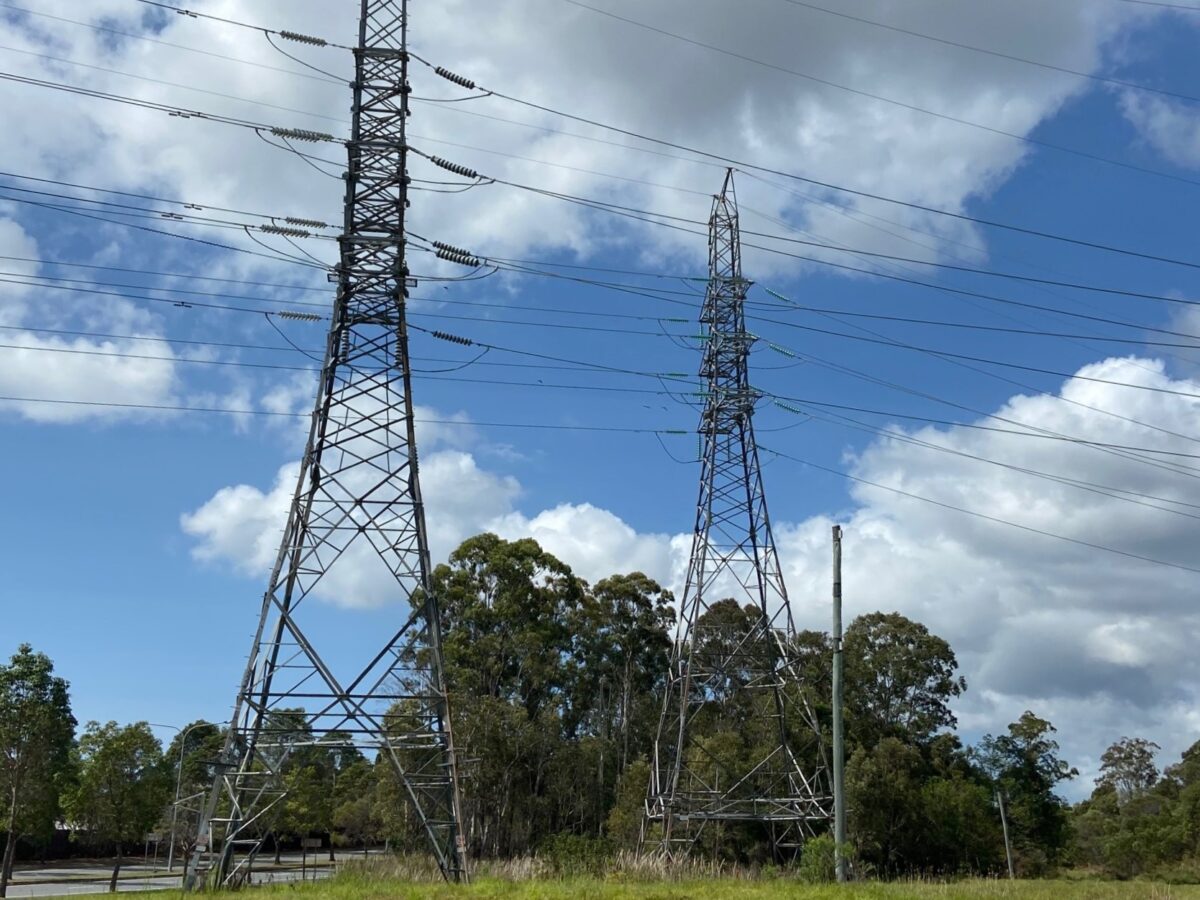



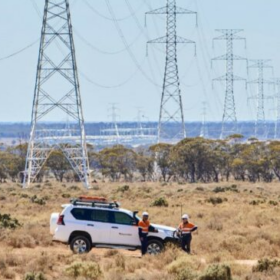
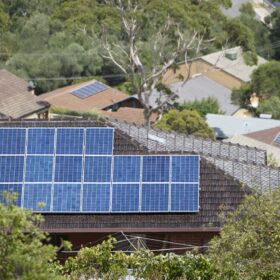

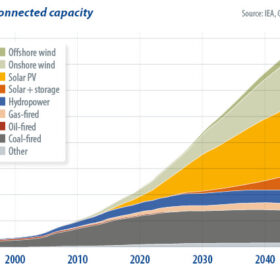
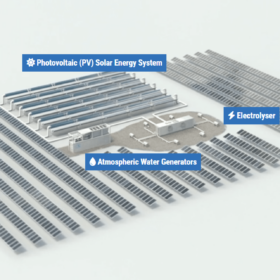
It is heartening to hear about folks in Australia looking for a “holistic approach” and is essential to Eliminate Pollution, that exists in every Nerve & Pores of the Industrial Age.. and requires this “Holistic Approach”… and will require a very high level of Investment, ghst thd Govt. in Auatralia is unable to find or provide.
Then, why is the Govt. takng this “burden on its shoulders” only, instead of the Perpetrators, THE POLLUTERS, that face NO CONSEQUENCES… even today…
All that the Govt. has to do is Implement PRINCIPLE #16 ;of the 1992 UN Rio Agreement, already accepted by Australia and 200 Other Nations, that The POLLUTERS MUST PAY (PMP) for the Damage & Societal Costs of Global Pollution caused (mostly) by use of their Products, Goods & Services…
A Global PMP Levy of USD$0.28/KWhe on the 130Trillion KWhe/yr of Energy can UNLEASH $36.5 Trillion/ yr… to FINANCE Pollution Free Energy % Electricity and Usher in a ZERO POLLUTION EARTH. (The above is arrived at from the 9 Million Premature Deaths Annually… $1 Million / Victim and 275 Million DALY of Suffering… $100,000/DALY of year-long Suffering…).
In case of Australia, that today uses 20PJ (5.5TWhe) of Energy .. PAID BY THE POLLUTERS ONLY. The above PMP LEVY can “raise” USD$1.5+ Trillion/yr to Eliminate Pollution and Usher in a ZERO POLLUTION AUSTEALIA… something no amount of Govt. Funding can even “dream of doing” without bankrupting Australia… but is based on Fair & Just PMP Levy… only.. who are “fattening their Bank Accounts” while spreading Human Suffering and Death on ALL Australians only..
It beggars belief that we have an urgent need for more electricity storage for the grid and have thousands of EVs with massive batteries being sold that cannot access V2G (vehicle to grid) technology!
V2G provides a massive and growing grid battery.
EVs only use their full battery capacity occasionally, so usually have plenty to spare in the evenings.
The only concern is that more day time charging is required.
The simple solution is that they can be charged whilst the sun is shining if chargers are available.
So more CHEAP SLOW chargers are required at work place, apartments and shopping centres.
By CHEAP and SLOW I mean a three pronged power point!
This needs to be encouraged or legislated so everyone shares the load of the transition.